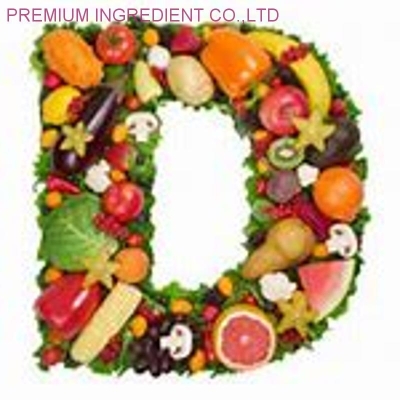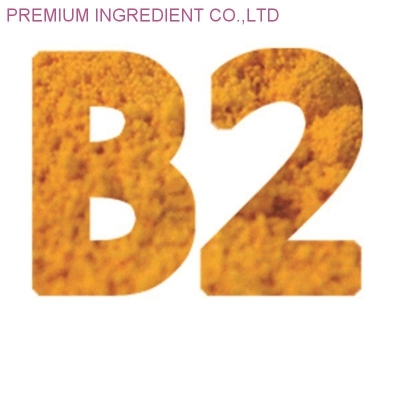-
Categories
-
Pharmaceutical Intermediates
-
Active Pharmaceutical Ingredients
-
Food Additives
- Industrial Coatings
- Agrochemicals
- Dyes and Pigments
- Surfactant
- Flavors and Fragrances
- Chemical Reagents
- Catalyst and Auxiliary
- Natural Products
- Inorganic Chemistry
-
Organic Chemistry
-
Biochemical Engineering
- Analytical Chemistry
- Cosmetic Ingredient
-
Pharmaceutical Intermediates
Promotion
ECHEMI Mall
Wholesale
Weekly Price
Exhibition
News
-
Trade Service
The Instruction of Yeast Extract: A Comprehensive Guide for the Chemical Industry
Yeast extract is a widely used ingredient in the chemical industry, known for its versatility and functional properties.
As a key component in the production of a variety of chemical products, yeast extract plays a critical role in the manufacture of personal care products, household cleaning agents, and many other everyday products.
However, the production and use of yeast extract also requires careful attention to detail, and following the proper instructions for its use is essential to ensure optimal results.
In this article, we will provide a comprehensive guide to the instruction of yeast extract in the chemical industry, covering everything from the selection of raw materials to the proper handling and storage of yeast extract.
Whether you are a seasoned professional or just starting out in the industry, this guide will provide valuable insights into the production and use of this versatile ingredient.
Selection of Raw Materials
The quality of the raw materials used in the production of yeast extract plays a critical role in the final product.
When selecting raw materials, it's important to consider factors such as the source of the yeast, the purity of the extract, and any additional ingredients that may be used.
One of the most important factors to consider is the source of the yeast used in the production of yeast extract.
Yeast extract is derived from yeast cells, which are typically obtained through fermentation.
Different types of yeast may result in different properties in the final product, so it's important to select the appropriate type of yeast for the intended use.
The purity of the extract is also an important consideration.
Yeast extract is often produced through a series of steps, including fermentation, filtration, and concentration.
It's important to ensure that the extract is properly purified and free of impurities, as these can affect the final product.
Additional ingredients may also be added to yeast extract to enhance its functional properties or to improve its stability.
These may include preservatives, emulsifiers, and other ingredients that help to improve the performance of the extract in various applications.
Manufacturing Process
Once the raw materials have been selected, the next step is to begin the manufacturing process.
The production of yeast extract typically involves several steps, including fermentation, filtration, and concentration.
Fermentation is the first step in the production of yeast extract, where yeast cells are grown in a nutrient-rich medium.
This process typically takes place in a controlled environment, such as a laboratory or a fermentation tank, and involves the use of appropriate yeast strains and nutrient sources to promote the growth of the cells.
After the yeast has been grown, it is typically filtered to remove any impurities or solids that may be present.
This step helps to ensure that the final product is free of contaminants and has a consistent texture and appearance.
The final step in the production of yeast extract is concentration, where the extract is processed to remove excess liquid and concentrate the active ingredients.
This step helps to enhance the functional properties of the extract and improve its stability in various applications.
Quality Control and Testing
Once the manufacturing process is complete, it's important to conduct quality control and testing to ensure that the final product meets all relevant standards and specifications.
This may include testing for purity, stability, and functional properties.
Testing for purity involves checking the extract for the presence of impurities or contaminants.
This may include testing for bacteria, fungi, or other microorganisms that could affect the quality of the final product.
Stability testing is also an important step in the production process, as it helps to ensure that the extract remains stable and retains its functional properties over time.
This may involve testing for changes in color, texture, or odor, as well as







